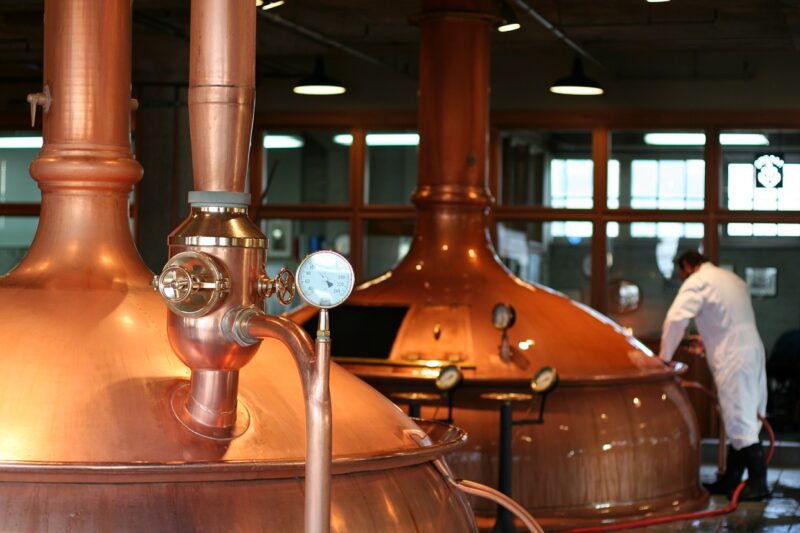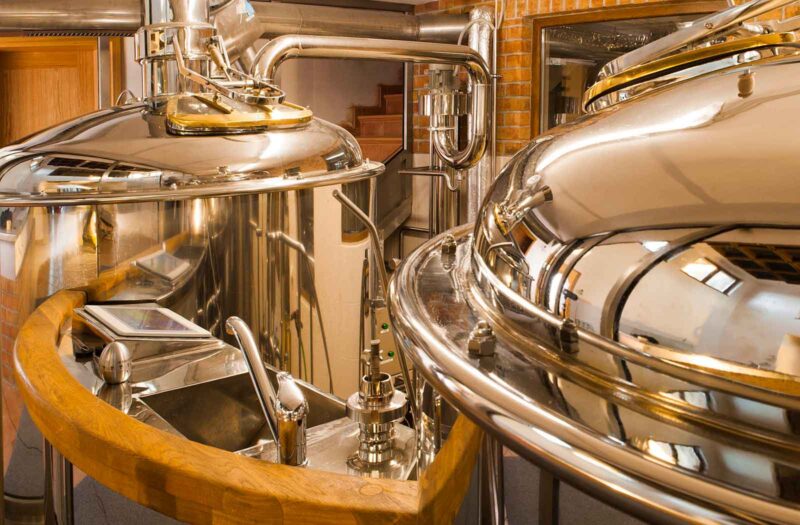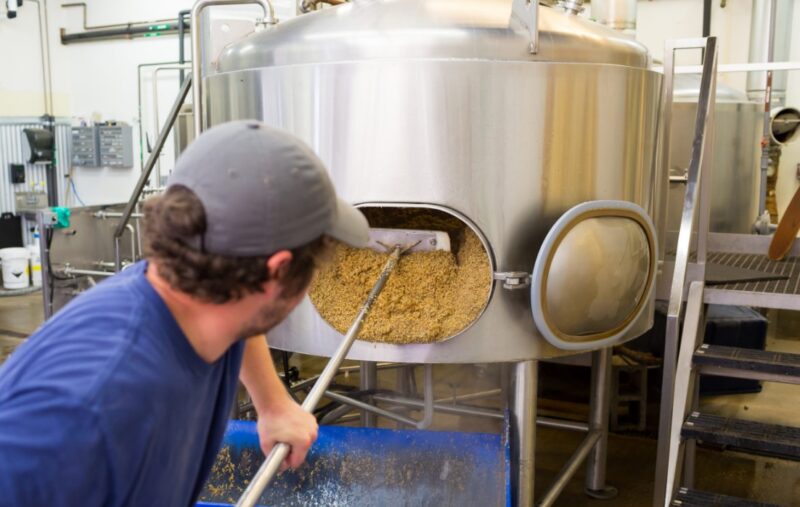
Whether you are interested in making your own beer or you just love the taste of beer, there are many reasons to invest in quality equipment.
But which equipment is right for you? Here are a few things to keep in mind when choosing your equipment.
Getting started brewing

Getting started brewing beer isn’t as hard as you might think. All you really need are a few simple things: water, a pot, and some basic equipment. While you don’t need an incredibly large home or garage to get started, you’ll need to take some basic safety precautions. This includes sanitizing all your equipment and making sure you understand the process you’re following.
There are two main types of home brewing: all-grain and extract. Both require grain, and both require preparation. Grain brewing is a bit more complicated than extract brewing. Grain brewing involves extracting sugars from grains through a process called mashing.
The best way to get started brewing beverages is to focus on the basics. You can find a basic kit at your local homebrew shop. This kit typically comes with a 6.5-gallon primary fermenter with a lid, a siphon and bottling set up, and a hydrometer. You will also need a bottle brush, crown caps, and bottles.
If you’re interested in manufacturing beer on a larger scale, you will want to look for the right equipment for the task. Using high-quality products like ABS 7 BBL brewing system will help ensure the best results. It is important to decide on an application before purchasing equipment.
One of the best things about all-grain brewing is that it doesn’t require a huge amount of equipment.
Another thing to consider is how big of a batch you’re planning on making. Many recipes call for 20-liter batches, but you can usually cut that down. However, beer is made up of more than 90 percent water, so you’ll want to take that into account.
Another important thing to consider is how clean you want your brewing water to be. You’ll need to have a good pH balance and moderate alkalinity. This will help you keep your beer tasting good, even if you’re making it for enjoying with friends and family.
A final tip is to keep a recipe journal. This will help you with more complex recipes. It’s also a good idea to read the instructions before brewing so you understand the procedure you’re following.
Best materials for equipment

Choosing the right materials for beer-making equipment is an important step in brewing beer. Purchasing the right metals for brewing can help improve the flavor of your beer. However, not all materials are created equal.
When it comes to metals, the best ones for brewing are stainless steel, copper, and aluminum. Click here for potential health hazards associated with stainless steel. All of these are able to withstand normal brewing conditions without corroding. These metals are also easy to clean and sanitize.
There are many tools that are used during the process. A good bottle brush is one of the most useful, especially for extract brewing. If you are making a beer with hops, muslin bags are a great way to store the hops.
You will also need a hydrometer to measure the alcohol content in your beer. Most brewing equipment kits come with one of these. It’s an inexpensive piece of equipment that will serve you well.
You will also need a bottle filler, which is a tool used to fill bottles. These are inexpensive and make filling beer bottles less of a hassle. Some kits come with a bottle brush. It’s also important to check the ball valve to make sure it’s in good condition.
There are many different types of fermentation buckets, and you’ll want to choose the one that best suits your needs. There are several factors to consider, including whether it’s made of glass or plastic. Plastic fermenters can be prone to oxidation, which can damage your beer.
Stainless steel is considered to be a good choice for brewing equipment because it’s durable and corrosion-resistant. However, you need to choose the grade of stainless steel that is best for your particular needs. The most commonly used stainless steel is 304 or 316. Grade 316 is a bit more expensive, but it has better corrosion resistance.
Cleaning and Sanitizing

During the process of making beer, it is important to clean and sanitize your gear. This will help to prevent the spoilage of your beer and keep your gear in good condition.
Various tools can be used for the brewing process. Some gear can be cleaned easily, while others can be a little difficult to clean.
The first step in the cleaning and sanitizing process is to thoroughly scrub all of your gear. This is important because it removes all of the dirt, bacteria, and other unwanted materials. A good cleaning regime will help to prevent spoilage from unwanted bacteria and mold.
After scrubbing, add a few drops of sanitizer to the water and then let the gear soak for a few minutes. You can choose from a variety of sanitizers.
Chlorine bleach is a good choice for glass equipment sanitizers. Be careful to wear rubber gloves when handling these cleaners. They can be corrosive to soft metals. However, they are also environmentally friendly.
A good cleaning and sanitizing regime will also prevent the spoilage of your beer from unwanted bacteria. However, it is important to remember that a good cleaning and sanitizing regime cannot completely remove all traces of dirt from your equipment.
Another important part of sanitizing is to clean the fermenter. This will ensure that the fermentor is sanitary and that it is free of bacteria. This step is especially important for equipment that will come in contact with chilled wort. It is also important to ensure that the fermentor is cleaned and sanitized before it is filled with beer.



















